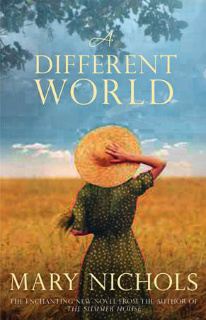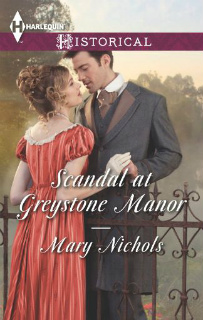Historical background
 Those who know my books, know that I write mainly in the Regency and World War Two eras, which means research, which I love. Historical facts are one thing, social background another altogether and there are many pitfalls to avoid. Fashions, furnishings, means of transport and communication must be right for the period.
Those who know my books, know that I write mainly in the Regency and World War Two eras, which means research, which I love. Historical facts are one thing, social background another altogether and there are many pitfalls to avoid. Fashions, furnishings, means of transport and communication must be right for the period.
If you are dealing with stage coaches, you need to know how long they take to get from A to B and the route; how often it would stop to change horses; the accommodation available on the way and how much it would cost. Going by the mail, which was more comfortable and faster, was more expensive and going post chaise meant using your own coach but having horses posted along the way and that was really only for the very rich. You could of course use you own horses the whole way but that was extremely slow because they had to be rested so often. There was always the carrier's cart, used mostly for delivering goods, for those who could not afford to go by coach and that was uncomfortable and very slow.
You wouldn’t get on a train before the middle of the 19th Century and then it would be an innovation, frightening or exhilarating, according to your age and temperament, and very dirty. Motor cars were rare before the Great War and not all that common between the wars and they didn't have heaters, so making a car journey in winter meant wrapping up warm.
Very few people had telephones before the first world war and working class homes didn’t have them in the second world war either. You would go to a telephone box to make a call. If the recipient didn't have a phone you would ring a neighbour who did and leave a message. You could send a telegram, but during the war the sight of a telegraph boy coming up the path often heralded bad news as that was the way the authorities let next of kin know that their loved one was a casualty.
Taboos and morals, too, change over the years. What is right for one period would be frowned on in another. Sex and having babies out of wedlock, for instance. It was considered a disgrace right up to and including the Second World War and for some time after that and girls who transgressed were often turned out of their homes by furious parents or made to marry the man whether they wanted to or not. The alternative, if the parents could manage it, was to send the girl away to have the child in secret when it was immediately sent away for adoption. A week or two later the mother would be sent home and expected to get on with her life as if nothing had happened. Nor would she be told where her child had gone or anything about the adoption.
A century before that, girls were never left alone in the company of a man and were always chaperoned, which must have been inhibiting. But somehow they managed to find husbands, or one was found for them. It may seem strange to modern readers, who would not hesitate to break off an engagement if they realised the love they had hoped for was missing, but in Regency times, the social mores were different. Love was not the only, or even the main, reason for marrying. Title, wealth, status, the wishes of one's family and the need to keep an unbroken hierarchy, all played a part. Divorce was only for the very wealthy and required an Act of Parliament, and an engagement was a solemn undertaking. A lady might brave the censure of Society and break her promise to marry, but a gentleman never could. It was a dishonourable thing to do and laid him open to being shunned by Society as a man who could not be trusted to keep his word.
Dialogue must reflect the times without becoming stilted. If we stuck slavishly to the way people spoke in Medieval, or even Regency times, for instance, it would become almost unreadable. You need to give a taste of the era in the way people speak but not overdo it. The same could be said of dialect. Slang must be used with caution because it is so volatile. Georgette Heyer used a lot of slang but it was part of the charm of her books. Whether it was always entirely accurate is another matter.
But however thorough the research, it is important not to give in to the temptation to put it into the book willy-nilly just to prove you know it. It should be like an iceberg; nine tenths below the surface, one tenth visible. It is there to set the scene, to put the period and surroundings into perspective. You use only what is necessary to take the story forward. And if you make a mistake, you can be sure someone will point it out to you!
Two books just out illustrate this. A Different World set in WW2 and Scandal at Greystone Manor which is a regency.
